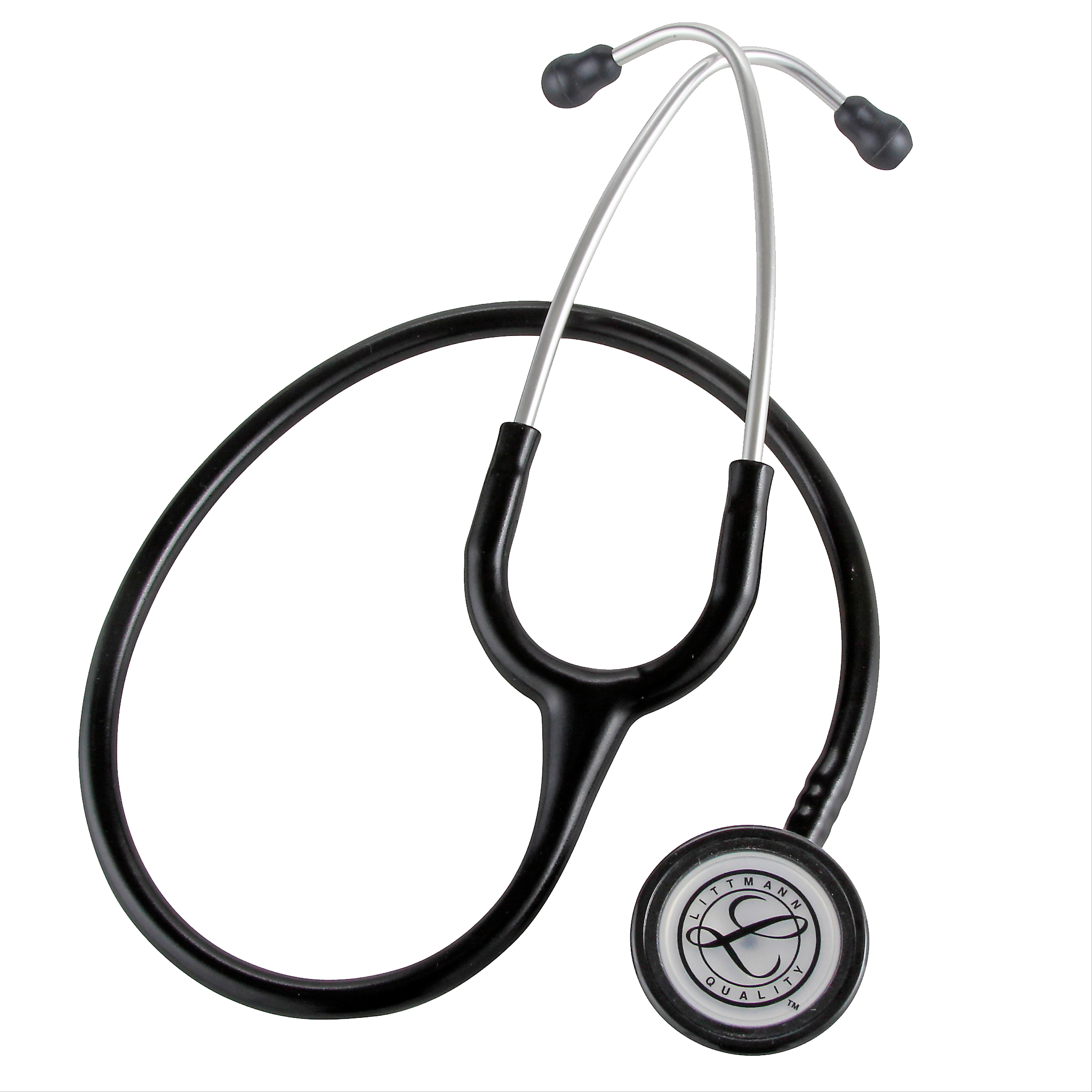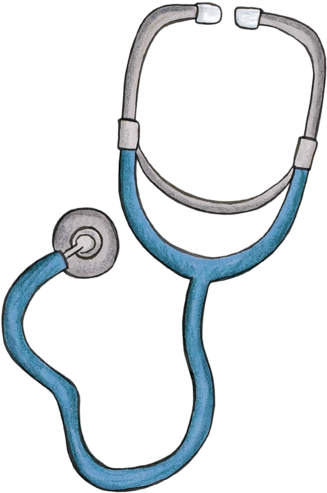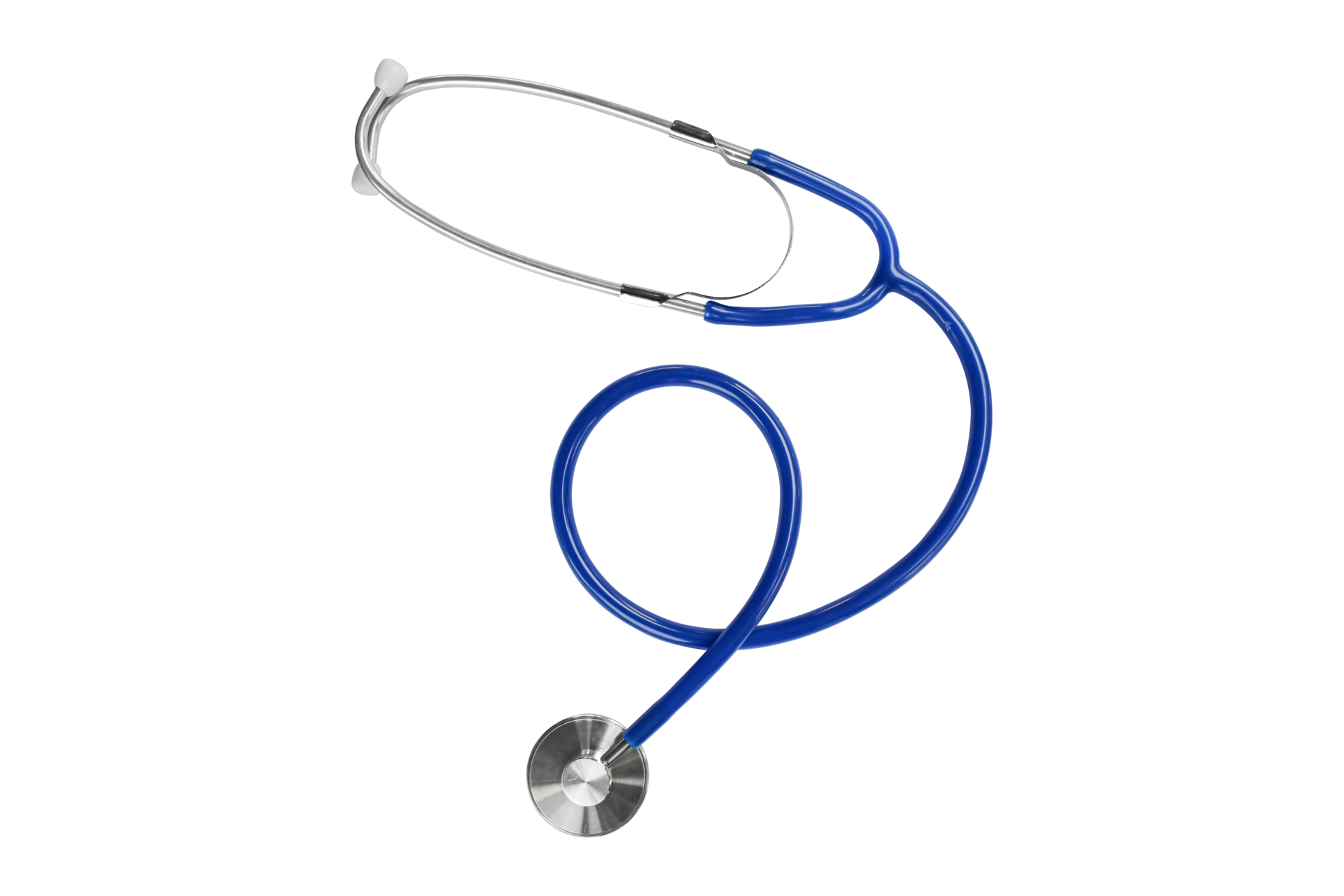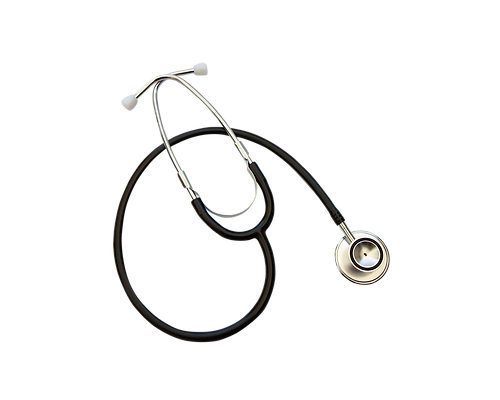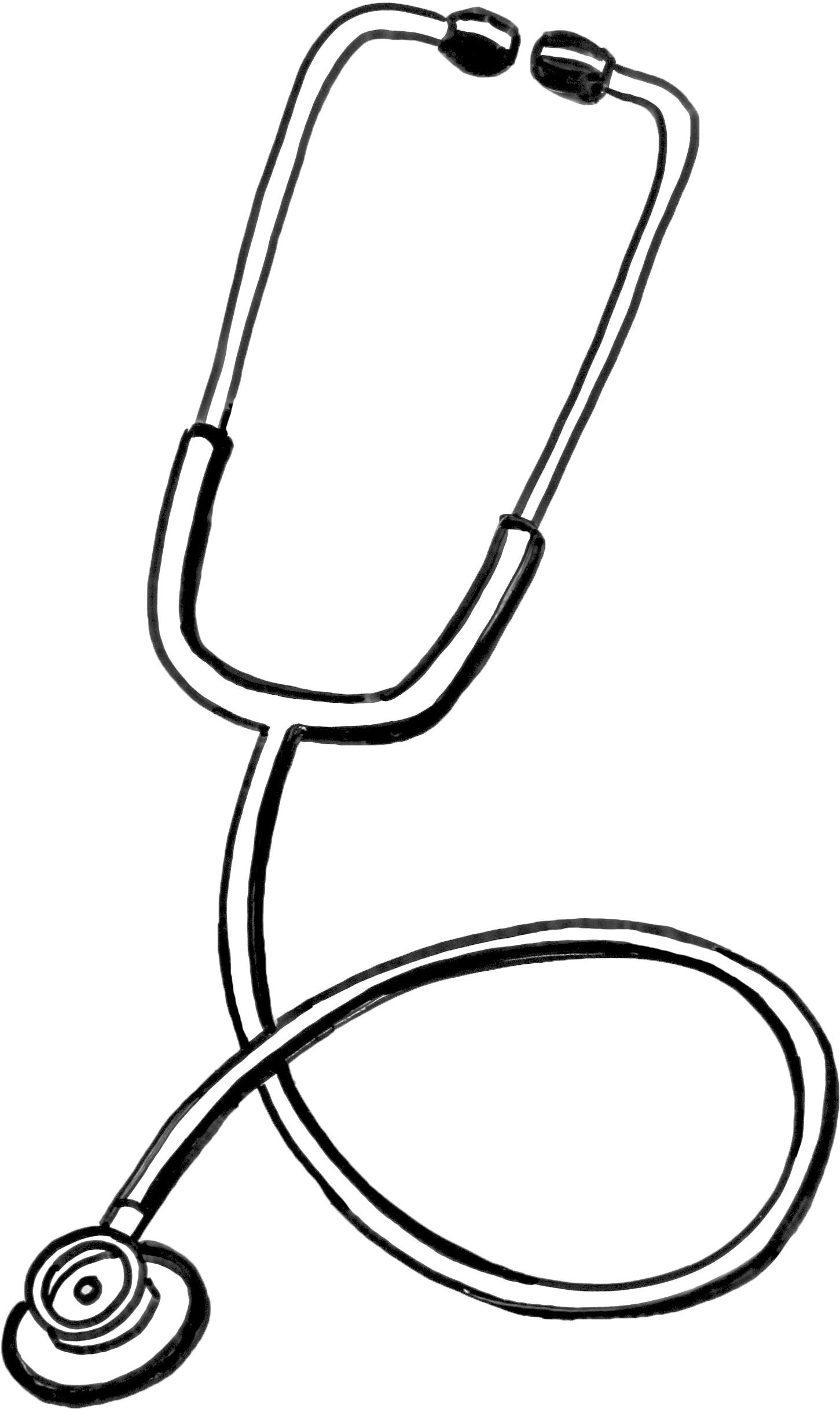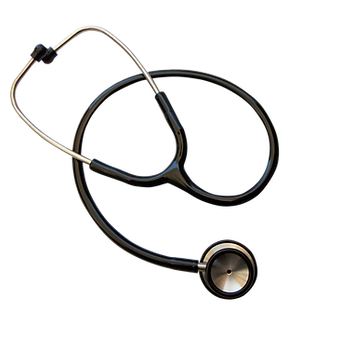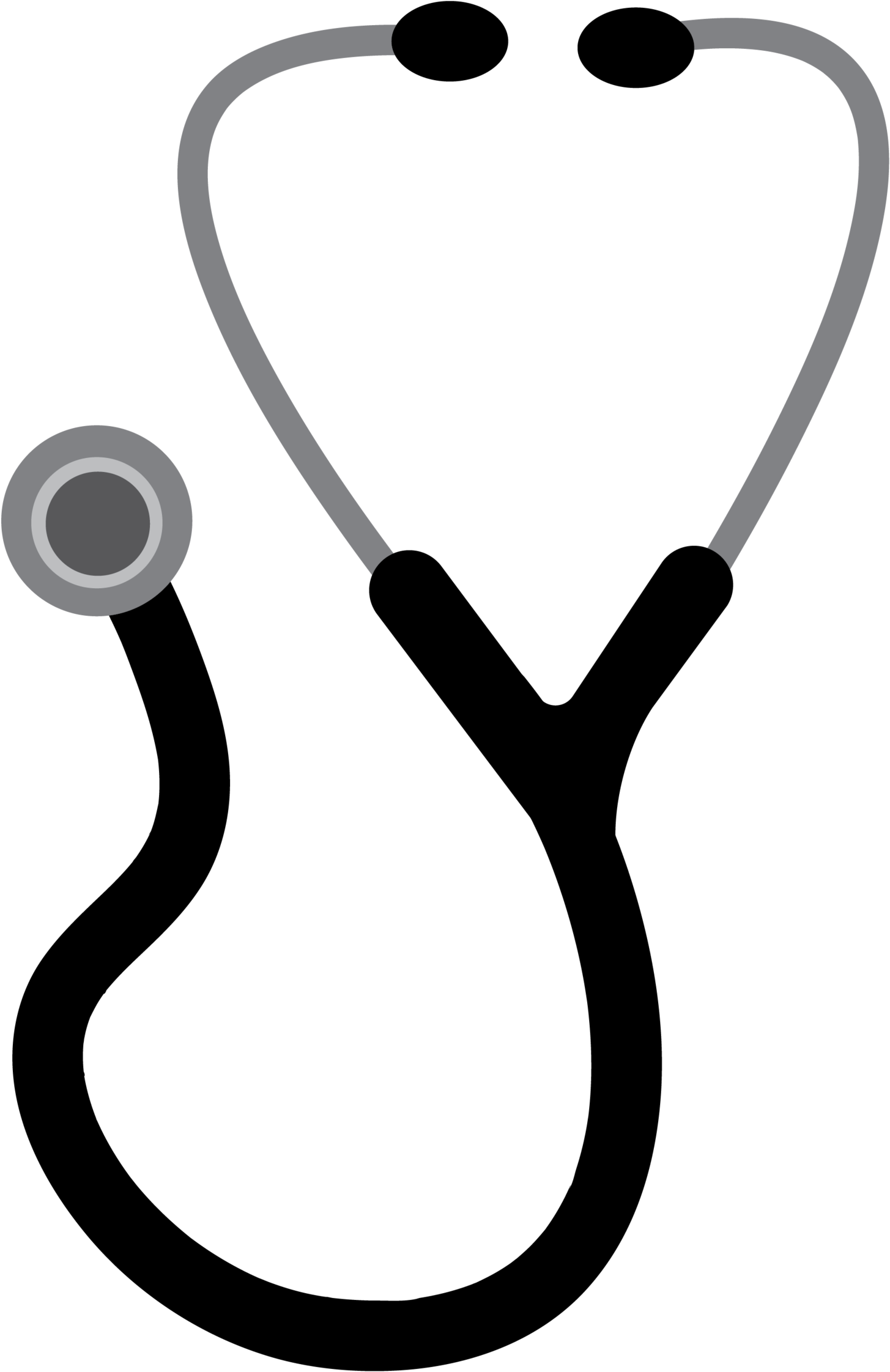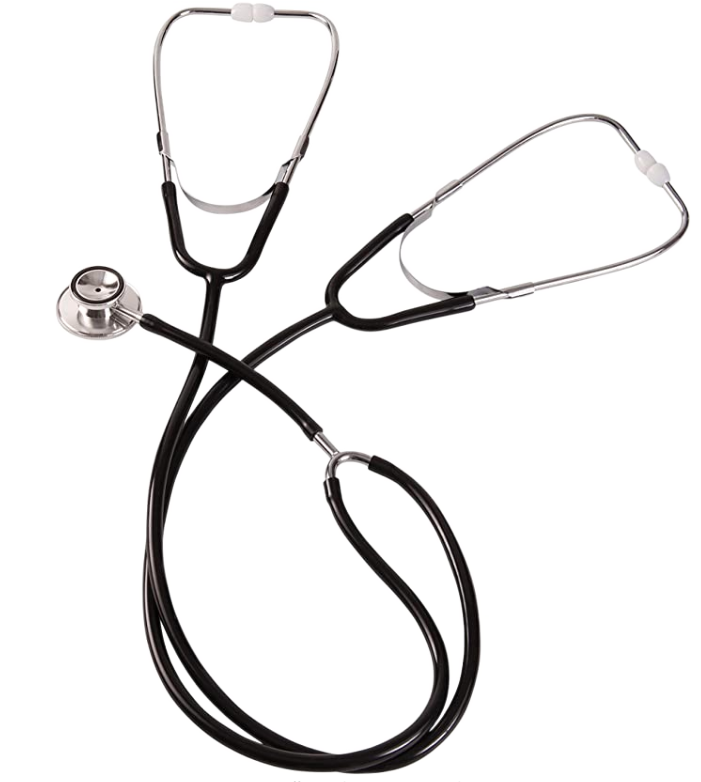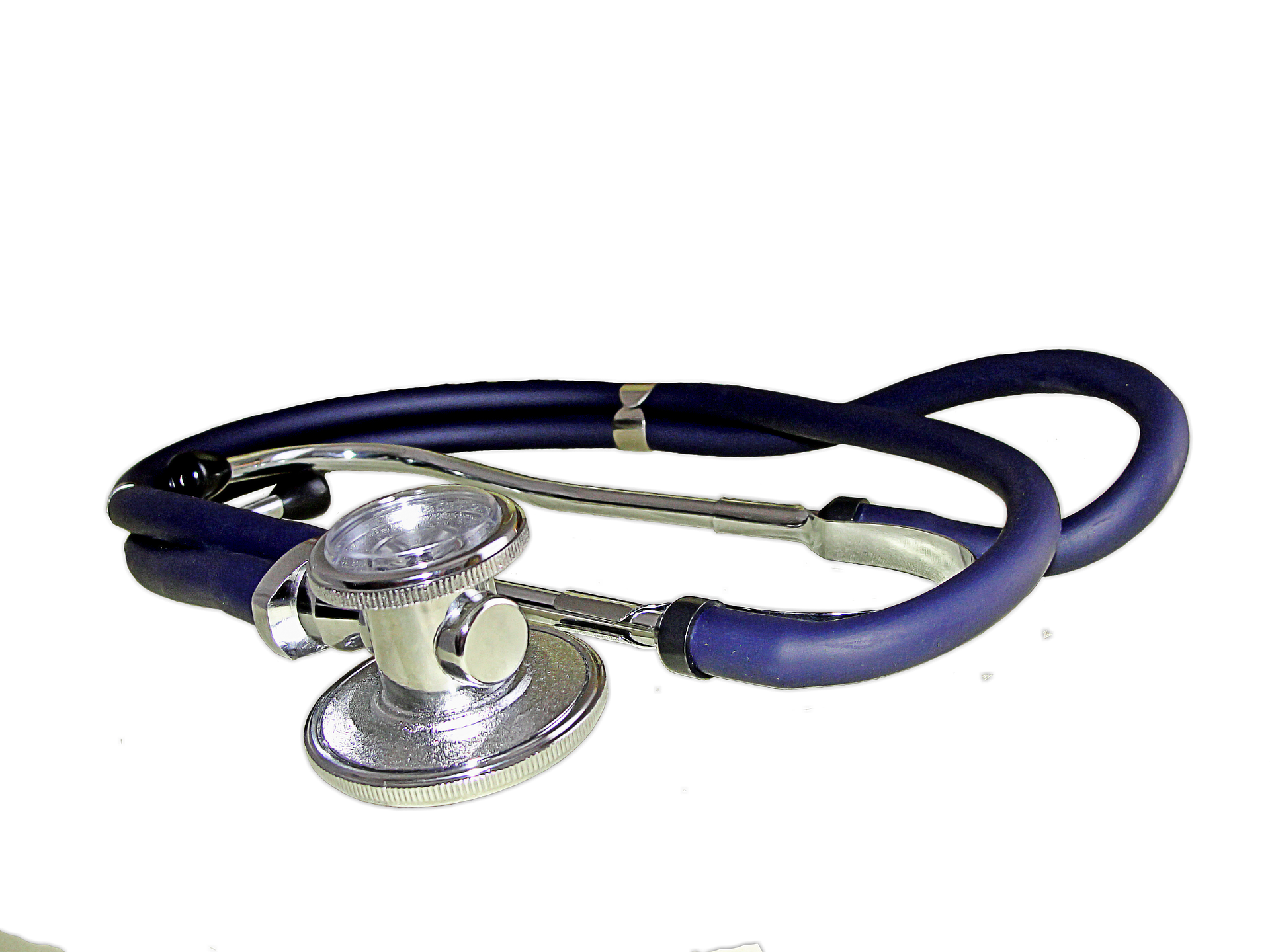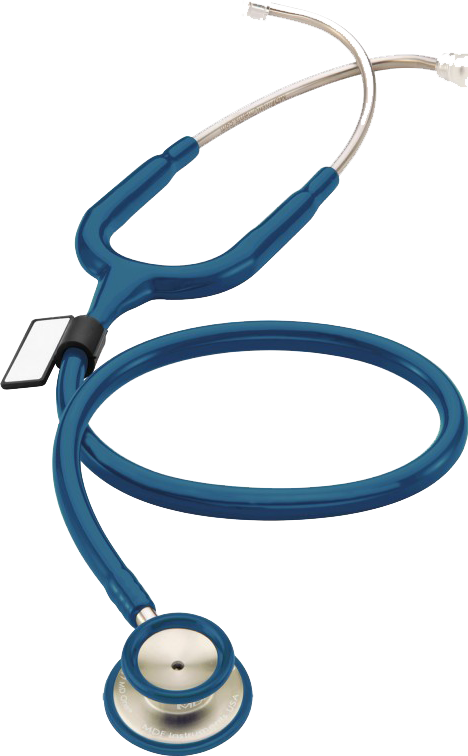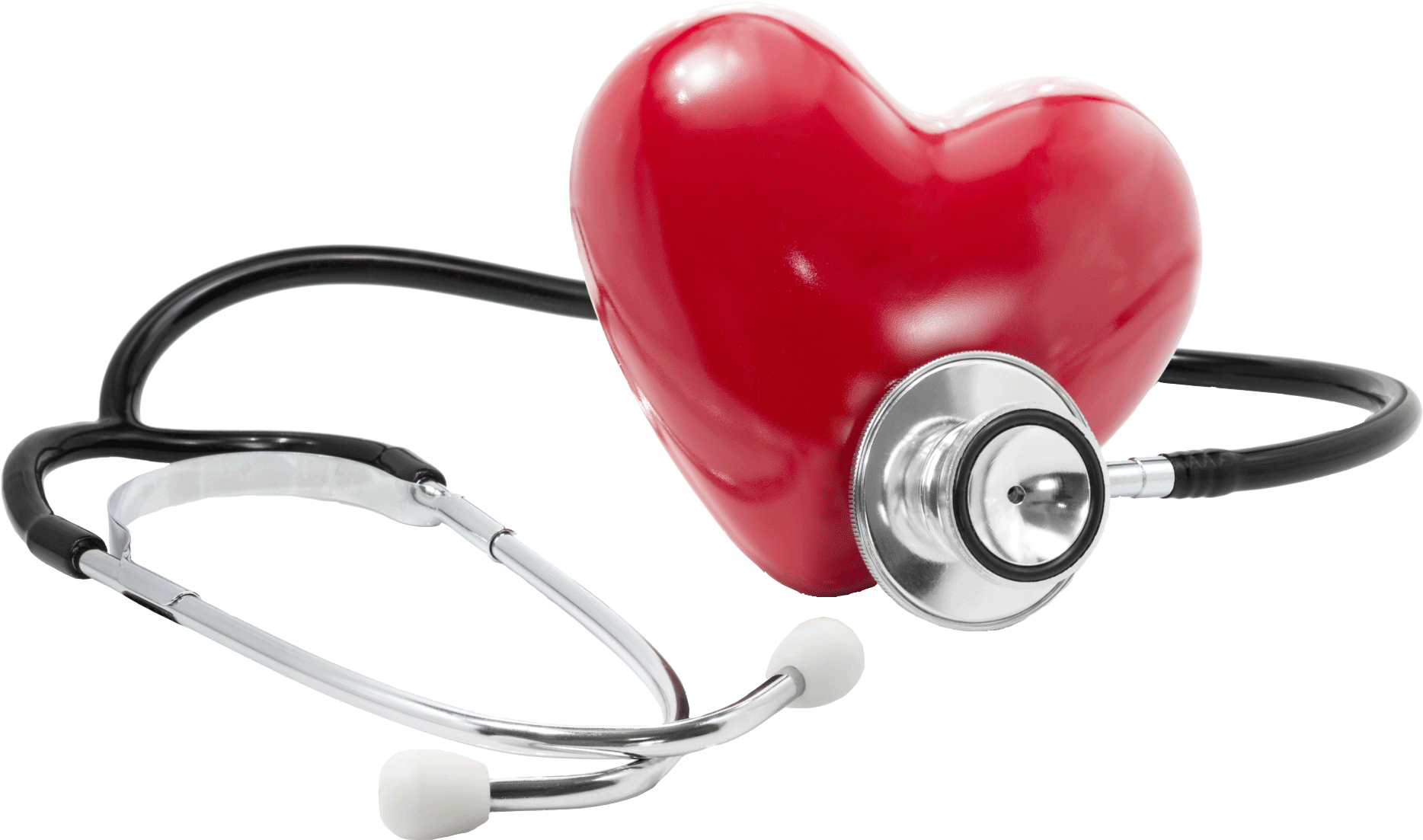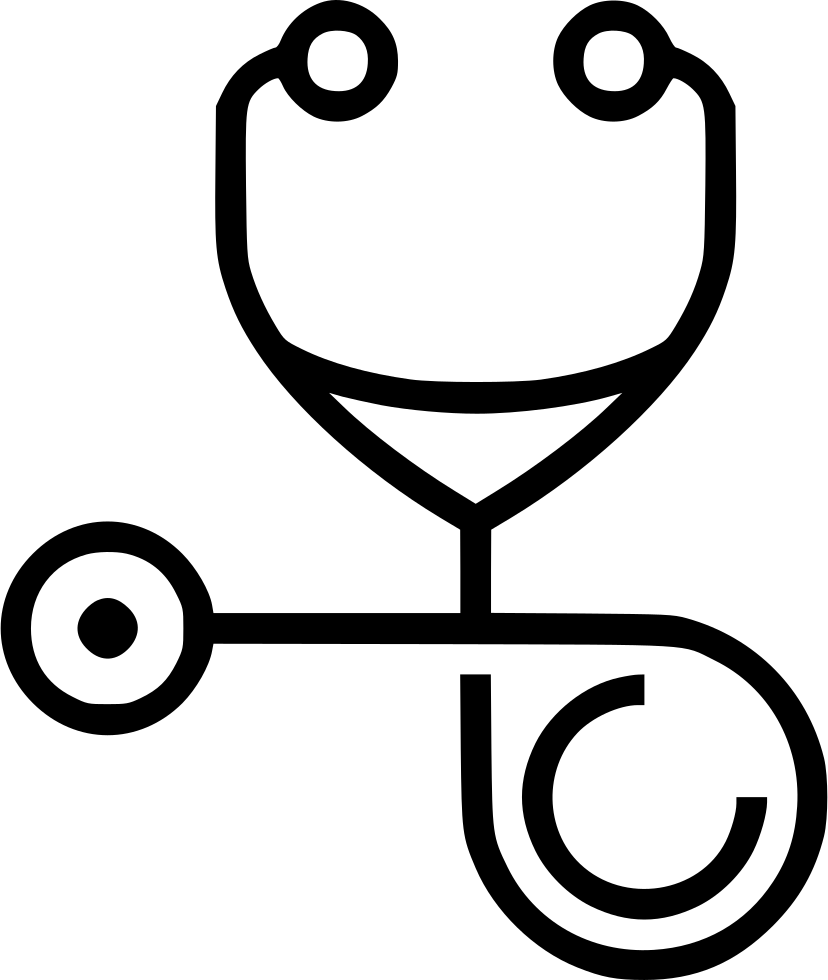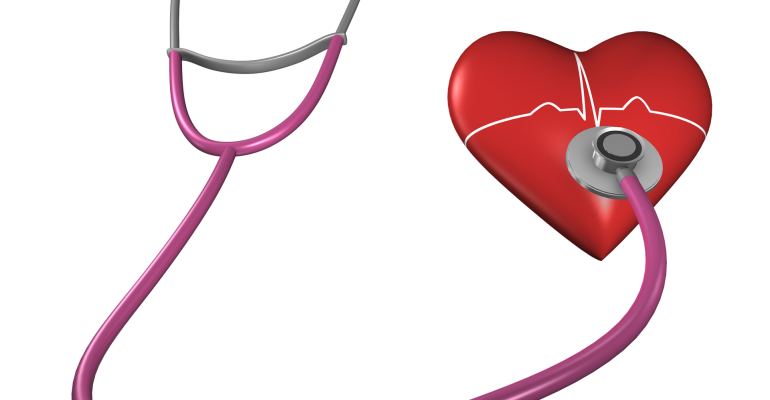Download top and best high-quality free Stetho PNG Transparent Images backgrounds available in various sizes. To view the full PNG size resolution click on any of the below image thumbnail.
License Info: Creative Commons 4.0 BY-NC
Have you ever wondered about the iconic instrument doctors use to listen to your heart and lungs during a medical examination? That instrument is called a stethoscope. It’s an essential tool in the field of medicine, allowing healthcare professionals to gather vital information about a patient’s health. In this article, we’ll explore the stethoscope, its history, how it works, and its significance in modern healthcare.
The History of the Stethoscope
The stethoscope was invented in the early 19th century by René Laennec, a French physician. Before its invention, doctors would place their ears directly on a patient’s chest to listen to internal sounds. However, Laennec found this method inefficient, especially when examining female patients. Inspired by an incident where he observed children tapping on a wooden beam and hearing the sound on the other side, he developed the first stethoscope.
Laennec’s original stethoscope consisted of a wooden tube. By placing one end on the patient’s chest and the other end near his ear, he could amplify the sounds produced by the body. This invention revolutionized medical diagnosis, allowing doctors to better detect and interpret the subtle sounds of the human body.
How Does a Stethoscope Work?
A modern stethoscope consists of three main components: the chest piece, the tubing, and the earpieces. The chest piece is usually made of metal and has a diaphragm and a bell. The diaphragm is a flat, circular disc that captures high-frequency sounds, such as heartbeats and lung sounds. The bell, on the other hand, captures low-frequency sounds, like murmurs and bruits.
The tubing of a stethoscope is typically made of rubber or plastic and serves as a conduit for sound. It connects the chest piece to the earpieces. The earpieces, often made of soft rubber, are designed to fit comfortably in the healthcare professional’s ears, ensuring proper sound transmission.
When using a stethoscope, the doctor or nurse places the chest piece on the patient’s body, usually over the heart or lungs. The sounds produced by the internal organs are then transmitted through the tubing to the earpieces. The healthcare professional listens carefully to these sounds, interpreting them to assess the patient’s health condition.
The Significance of the Stethoscope
The stethoscope plays a crucial role in diagnosing various medical conditions. By listening to the sounds of the heart, doctors can detect irregular rhythms, murmurs, and valve abnormalities. Lung sounds can reveal signs of infection, congestion, or abnormal breathing patterns. Additionally, a stethoscope can be used to assess blood flow in arteries and veins, identify bowel obstructions, and even detect pregnancy.
Despite advancements in medical technology, the stethoscope remains an indispensable tool for healthcare professionals. Its simplicity and effectiveness make it a reliable instrument for initial assessments and routine examinations. Furthermore, it provides a personal touch to patient care, allowing doctors to establish a closer connection with their patients.
Advancements in Stethoscope Technology
While the basic design of the stethoscope has remained relatively unchanged over the years, there have been advancements in its technology. Electronic stethoscopes, for example, use amplification and filtering to enhance sound quality. They allow healthcare professionals to hear faint sounds more clearly, aiding in the diagnosis of certain conditions.
Some electronic stethoscopes can even record and store patient data, enabling doctors to review and compare sounds over time. This feature proves invaluable in monitoring patients with chronic conditions or those undergoing treatment.
Wrapping it up
The stethoscope has come a long way since its invention by René Laennec. This iconic medical tool allows healthcare professionals to listen to and interpret the sounds produced by the human body, aiding in the diagnosis of various medical conditions. From its humble beginnings as a wooden tube to modern electronic versions, the stethoscope continues to be an essential instrument in providing quality healthcare. Its timeless design and vital role make it an enduring symbol of the medical profession.
So, the next time you visit the doctor and see them donning a stethoscope around their neck, you’ll have a deeper appreciation for the significance of this seemingly simple instrument.
Download Stetho PNG images transparent gallery
- Stetho PNG Picture
Resolution: 2048 × 2048
Size: 1323 KB
Image Format: .png
Download
- Stetho PNG
Resolution: 327 × 493
Size: 114 KB
Image Format: .png
Download
- Stetho Transparent
Resolution: 1500 × 1390
Size: 235 KB
Image Format: .png
Download
- Stetho
Resolution: 1920 × 1280
Size: 424 KB
Image Format: .png
Download
- Stetho Background PNG
Resolution: 500 × 400
Size: 71 KB
Image Format: .png
Download
- Stetho No Background
Resolution: 1451 × 2434
Size: 444 KB
Image Format: .png
Download
- Stetho PNG Background
Resolution: 340 × 338
Size: 77 KB
Image Format: .png
Download
- Stetho PNG Clipart
Resolution: 836 × 870
Size: 249 KB
Image Format: .png
Download
- Stetho PNG Cutout
Resolution: 2568 × 2289
Size: 405 KB
Image Format: .png
Download
- Stetho PNG File
Resolution: 1100 × 825
Size: 326 KB
Image Format: .png
Download
- Stetho PNG Free Image
Resolution: 971 × 1033
Size: 788 KB
Image Format: .png
Download
- Stetho PNG HD Image
Resolution: 1455 × 2244
Size: 113 KB
Image Format: .png
Download
- Stetho PNG Image File
Resolution: 701 × 782
Size: 241 KB
Image Format: .png
Download
- Stetho PNG Image HD
Resolution: 1202 × 894
Size: 583 KB
Image Format: .png
Download
- Stetho PNG Image
Resolution: 1920 × 1440
Size: 1465 KB
Image Format: .png
Download
- Stetho PNG Images HD
Resolution: 468 × 756
Size: 167 KB
Image Format: .png
Download
- Stetho PNG Images
Resolution: 389 × 394
Size: 140 KB
Image Format: .png
Download
- Stetho PNG Photo
Resolution: 1868 × 1103
Size: 284 KB
Image Format: .png
Download
- Stetho PNG Photos
Resolution: 828 × 980
Size: 35 KB
Image Format: .png
Download
- Stetho PNG Pic
Resolution: 770 × 400
Size: 109 KB
Image Format: .png
Download
